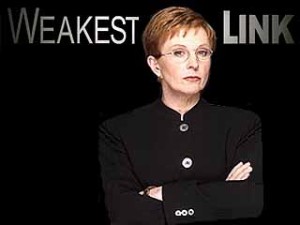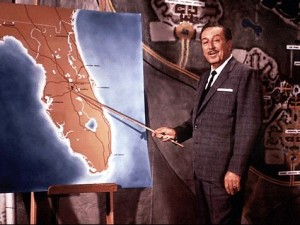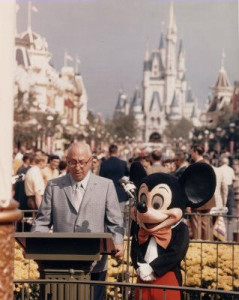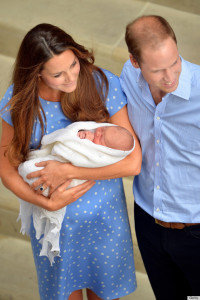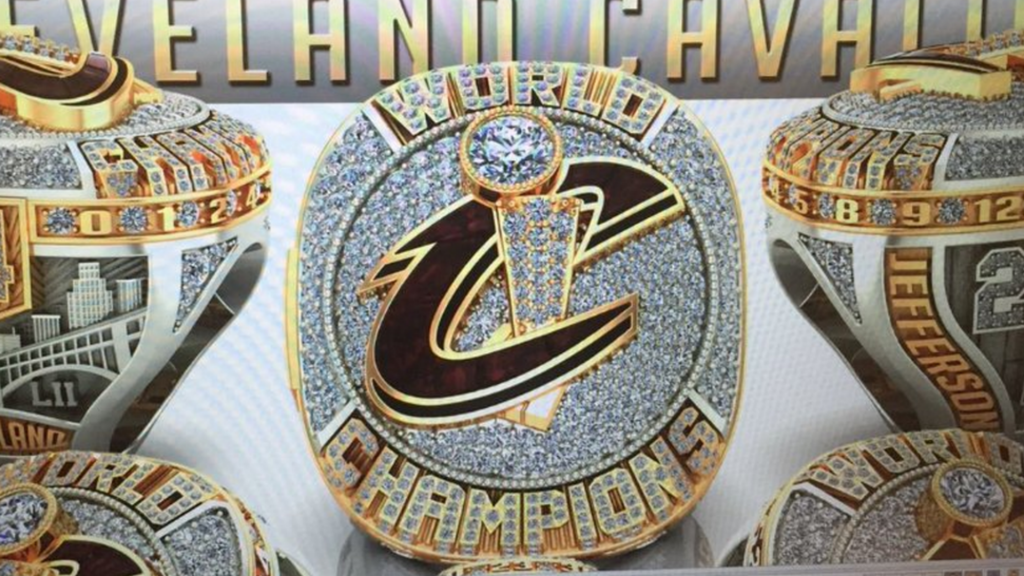 Last night my 8-year-old son participated in the Cleveland Cavaliers Academy clinic. At the end of the clinic, the kids got to ask the Cavs’ players and coaches questions. The best question? “Where’s LeBron?”!
Last night my 8-year-old son participated in the Cleveland Cavaliers Academy clinic. At the end of the clinic, the kids got to ask the Cavs’ players and coaches questions. The best question? “Where’s LeBron?”!
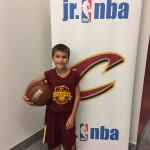
 Fun was had by all and great job by my long time family friend, Seth Roberts, and the team pulling off a great event.
Fun was had by all and great job by my long time family friend, Seth Roberts, and the team pulling off a great event.
Being around the team brought me back to June, when my Cleveland Cavaliers overcame a 3-1 deficit to beat the best regular season team in NBA history, ultimately winning their first World Championship in dramatic fashion. To all those who witnessed these games, it was obvious that the coaches and players’ lifetime of hard work, dedication, determination all contributed to their victory in the 2016 NBA Finals. If ever there was a team that deserved to hoist the Larry O’Brien Trophy and receive championship rings, it was this team. But what was less visible to those watching were the incredible efforts of the people behind the scenes.
Before the regular season, the Cavs organization came up with a slogan for the team and the city that stood behind it: “All in.” Now, I’d bet that most of us sports fans have participated in a neighborhood Texas Hold-Em game amongst friends, so we all know that moment. You know, the moment that’s made the game so popular, the point where you decide that your best chance to win is, well, right now. Wait too long, and you might lose your momentum—and your advantage. So instead, being confident in your hand, you look at the opponent across the table from you and you say, “I’m all in.” At that point, whether you win or lose the game, you still feel fulfilled because you trusted yourself and went “all in” on your own terms.
But credit the Cavs owner, Dan Gilbert @cavsdan and his talented marketing staff, for not just a witty season slogan, he embraced it and made it the theme of his organization. I suspect this isn’t a new thing for his many many companies.
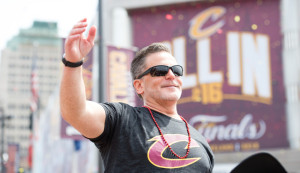
CLEVELAND, OH – JUNE 22: Majority owner of the Cleveland Cavaliers Dan Gilbert waves to the fans during the Cleveland Cavaliers 2016 championship victory parade and rally on June 22, 2016 in Cleveland, Ohio. (Photo by Jason Miller/Getty Images)
Dan Gilbert, the Cavs owner, recognized that in order to increase the odds and be the best team in the world, you needed more than a great team and great coaches. You needed to have your entire organization, and the entire business ecosystem that surrounds it, to go “all in” with you. That meant setting the bar high and demanding the most out of everyone involved. In a business setting, hitting that high goal might mean a bonus—if you’re lucky enough to be a valued employee who happens to have variable compensation role.
But what about the non-variable compensation employees? You know, the ones who, without their behind-the-scenes efforts, nothing would work. Or worse, what about your partners in your ecosystem, those who aren’t direct employees but are an important part of delivering and distributing your services every day? The partner or vendor employees include janitors, hot dog vendors, ushers, and even policemen!
To his credit, Dan Gilbert didn’t think the non-variable commissioned employees, nor his partner’s employees (like the hot dog and beer guys) there to “work” for the Cavs. In his heart, he believed they were critical to the success of the entire organization.
The genius—and the magic—of this mindset is that the entire ecosystem of people involved in the business believed it too. If they hadn’t before, they did now. During this one magical season, they all decided to go “all in” with the Cavs.
Next week, Dan is rewarding over 1000 full-time & part-time employees as well as many the Cavs’ business partners’ employees and contributors, with their very own championship rings. Some of those people include the ushers, janitors, hot dog vendors, and even policemen involved with the team. http://fortune.com/2016/09/29/cleveland-cavs-championship-rings/
Of course, I think LeBron James @KingJames is a true modern-day hero for what he does off the court http://lebronjamesfamilyfoundation.org/page/ljffyearreview. I also continue to hear stories like this one about Dan Gilbert and I am impressed with his judgment. I know that Dan and LeBron have had a somewhat rocky relationship over the years, but I can’t help but think winning championships might just be the baseline for what these two can accomplish together. . . .
The point here is that, in my opinion, no one has ever succeeded on his or her own, and if only we could see and appreciate all of the minor contributions that are made to our collective pursuits, the sky’s the limit for what we can achieve. And as much as anywhere, this holds true within the channel.
- Do you look at each person in your distribution channels and ecosystem as critical to your success? Or are they partners just “doing their job”?
- More importantly, do they feel like they are valued and have the impression that you view them as “critical?” If not, you probably aren’t maximizing your odds of winning the ‘ship.
- Sure, you probably won’t go around distributing thousands of championship rings—but have you thought about an engagement program that rewards them for their time and energy commitment that they’ve made to your organization? Have they gone “all in” with your business by completing training modules, studying your products, learning to position them, engaging with your business development people, etc.? If so, maybe it’s time you rewarded them; because after all, if it can turn a basketball player into a King, imagine what it could do for your business. . . .
As always, send me a note if you’d like to discuss or talk through some of these ideas together. And feel free to join in on this conversation at Move the Channel Group, your exclusive destination for Channel insights and innovation.
Move the Channel,
 About the Author: Travis Smith is the CEO & Founder of Move the Channel, a worldwide network and community of channel marketing & sales Chiefs and channel thought leaders. He also is a leader at HMI Performance Incentives, a channel engagement, and incentive company focused on Technology Channel Incentive Strategies. Travis helps some of the most respected companies in the world design, implement, and manage their domestic and global channel incentive programs.
About the Author: Travis Smith is the CEO & Founder of Move the Channel, a worldwide network and community of channel marketing & sales Chiefs and channel thought leaders. He also is a leader at HMI Performance Incentives, a channel engagement, and incentive company focused on Technology Channel Incentive Strategies. Travis helps some of the most respected companies in the world design, implement, and manage their domestic and global channel incentive programs.








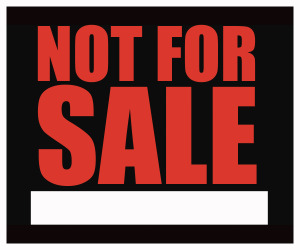

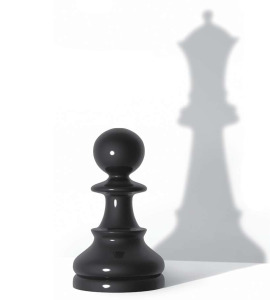
 ‘Tis the season for the BIG Q4 Push! The time has finally come to reap the fruit of all the hard work and planning undertaken in the past year. The pressure is high to bring in as many deals as possible before the EOY, with many a bonus depending on it. Without fail, companies are trying to find that next gear to help them finish the year on a high note. But after developing your business model and making investments to achieve the aggressive growth goals set by your company and stakeholders, are you rolling out a BIG year-end Promotion Dud?
‘Tis the season for the BIG Q4 Push! The time has finally come to reap the fruit of all the hard work and planning undertaken in the past year. The pressure is high to bring in as many deals as possible before the EOY, with many a bonus depending on it. Without fail, companies are trying to find that next gear to help them finish the year on a high note. But after developing your business model and making investments to achieve the aggressive growth goals set by your company and stakeholders, are you rolling out a BIG year-end Promotion Dud?
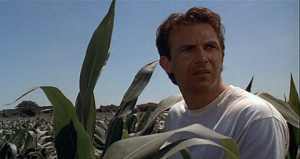
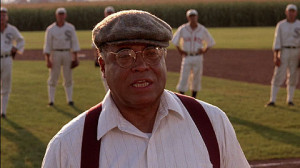


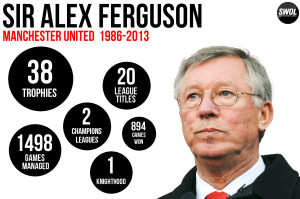


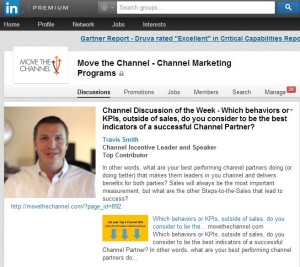
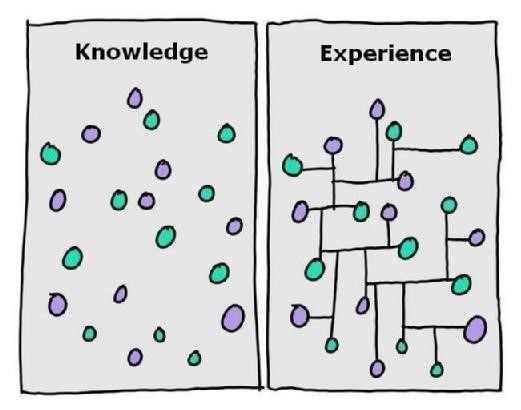
 First to be clear, when I refer to the “weakest link” I am not talking about channel stakeholder but the communication to or engagement of that channel participant.
First to be clear, when I refer to the “weakest link” I am not talking about channel stakeholder but the communication to or engagement of that channel participant.